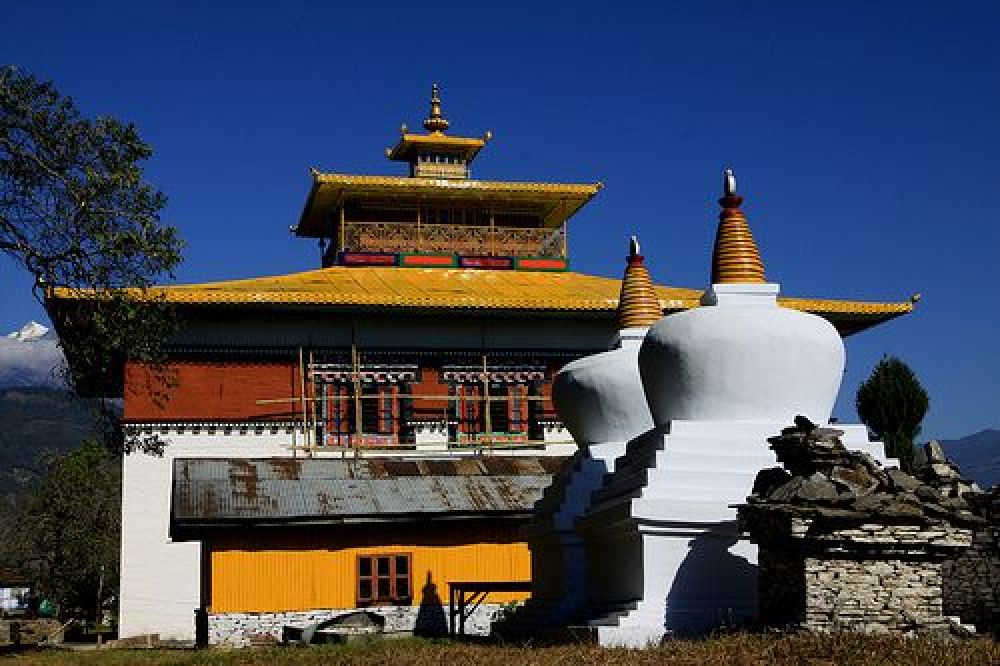

Sikkim, a serene state in northeastern India, is home to many exquisite monasteries which are the epitome of peace and tranquility. One of the most sacred and revered among them is the Tashiding Monastery, located in the Western part of Sikkim near Pelling.
The history of Tashiding Monastery is steeped in spiritual significance. It was founded by Ngadak Sempa Chempo, one of the three lamas who consecrated Sikkim in the 17th century. Positioned on top of a hill that stands between the Rathong and Rangeet rivers, it is considered a place of ultimate sanctity. According to local beliefs, a mere glimpse of the monastery is enough to cleanse one’s soul of all sins.
The name 'Tashiding' translates to "The Devoted Central Glory", and the monastery is a pivotal part of Buddhist pilgrimages due to the presence of holy chortens and the sacred thongwa-rang-dol, which literally means 'Saviours by mere sight'. The monastery belongs to the Nyingma sect of Tibetan Buddhism and has been a center of spirituality and culture since its establishment in the year 1641.
Tourism in Tashiding saw a rise with the increasing interest in Buddhism and Sikkim's natural beauty. The monastery is famed for the annual Bhumchu Festival, which attracts devotees from all over the world. During this festival, a sacred water vessel is opened, and the level of water in it is said to predict the future for the upcoming year. This adds a mystic charm to Tashiding's tourism, making it more than just a visual journey but also a deeply religious experience for many.
The infrastructure around Tashiding has developed significantly, with better roads and accommodations, making it accessible to tourists. Guides are available to explain the intricate details of the monastery's history and religious significance, enhancing the educational aspect of the pilgrimage for visitors.
With the rise of eco-tourism and the emphasis on sustainable practices, Sikkim, including the area around Tashiding Monastery, is increasingly attracting tourists who are conscious about the environment. The state government's initiative to make Sikkim an organic state adds to the appeal, by offering an environment that is not only pristine but also healthier.
Moreover, the current trend is moving towards experiential travel. Visitors are looking to immerse themselves in local culture and traditions. Homestays are becoming popular as they provide an authentic experience of the local lifestyle and cuisine, which is rich in Sikkim.
Adventure tourism also complements the journey to Tashiding Monastery, with treks and mountain biking being popular activities in the area. The monastery itself serves as a serene backdrop for those seeking a blend of thrill and tranquility.
In conclusion, Tashiding Monastery remains a destination that offers a unique blend of natural beauty, spiritual enrichment, and cultural immersion. It has evolved from a purely spiritual pilgrimage site to a holistic travel destination, catering to a wide array of interests and tourists from across the globe.